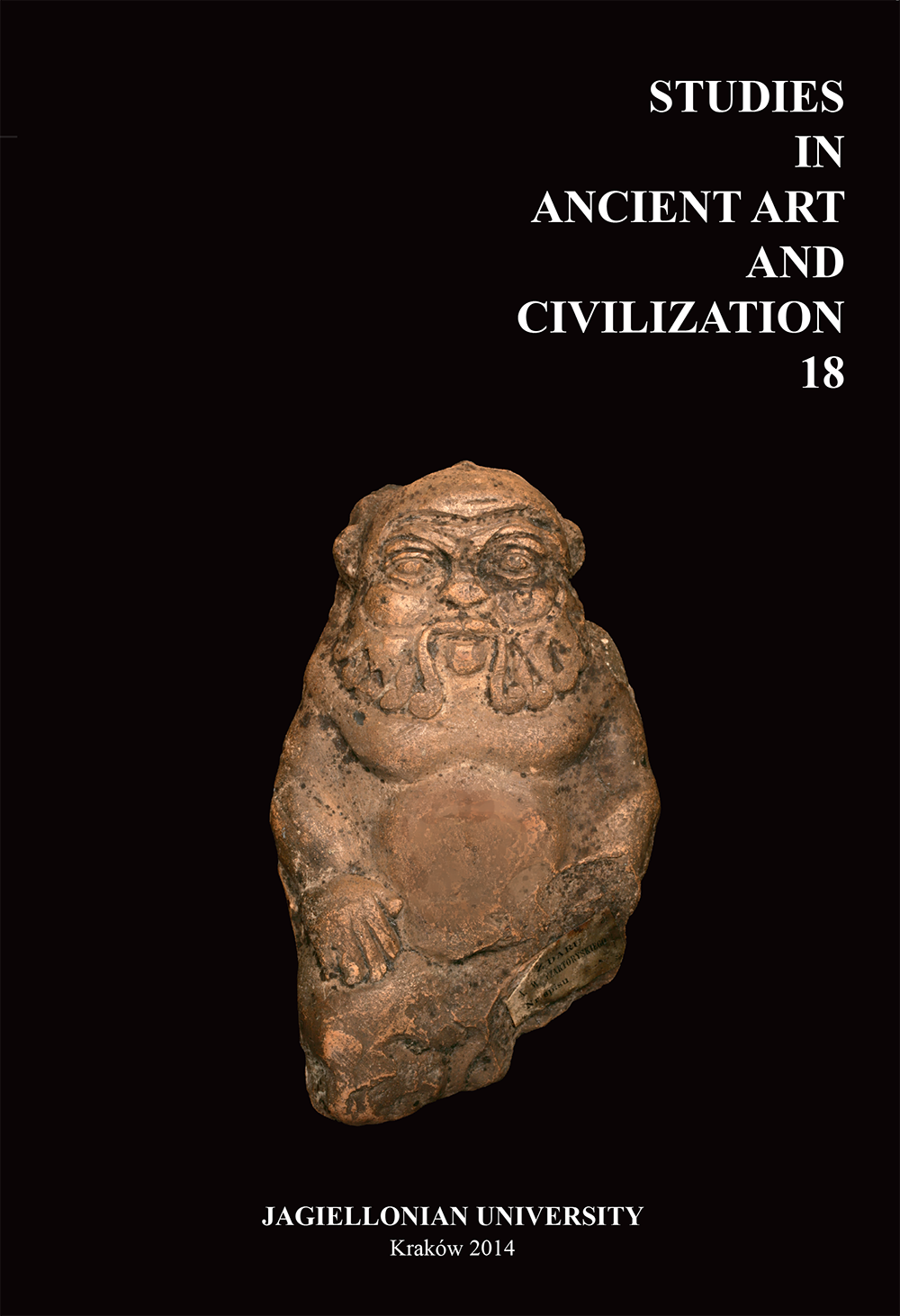The Ancient Egyptian Second Infinitive? ‘iw + subject + r + infinitive’ Interpreted Through the Biblical Infinitive Absolute and the Polish Second Infinitive
DOI:
https://doi.org/10.12797/SAAC.18.2014.18.16Keywords:
infinitival forms, discource-projection, aspectuality, Egyptian grammarAbstract
Infinitives and infinitival constructions seem to be a kind of conceptualization embedded in a language with a ‘genus’ different to that of other grammatical forms. But why did human cognition invent infinitives and their associated constructions? On an ontological level, infinitives indicate intentionality that is pro-modal and timeless future-situationoriented (Prokopowicz 2012). Timeless future orientation expresses accomplishment or achievement, which are different states of perfectivity. If verbal finished forms direct our attention to the complexity of events, which we can for instance classify and express in ‘eventive’ sentences, infinitival forms draw our attention to situations (for a different context, see Borghouts 2010: ‘situative clauses’; Prokopowicz 2012: ‘quality, state, activity, event vs situation’). Situations are more complex than events as they involve a speaker with varying intentions, as well as the cotext of this speaker’s expression. Infinitival forms are less sentence-projected and more discourse-projected.
All of this research has an obvious hermeneutical background. If something is expressed syntactically in one language, it may as well be expressed morphologically or semantically in other languages.
References
Borghouts J. 2010. Egyptian, an Introduction to the Writing and Language of the Middle Kingdom, vols 1-2. Leuven.
Callaham S. N. 2010. Modality and the Biblical Hebrew Infinitive Absolute. Wiesbaden.
Depuydt L. 1993. A history of research on the prospective Sḏm.f forms in Middle Egyptian. JARCE 30, 11-31. DOI: https://doi.org/10.2307/40000225
Gruber J. S. 1976. Lexical Structures in Syntax and Semantics. (North-Holland Linguistic Series 25). Amsterdam.
Grossmann E. and Polis S. 2010. How to Get the Future Without a Verb of Motion (or Metaphors). The emergence of the Allative Future in Old Egyptian. Unpublished lecture in Humbold Universität in Berlin.
Langacker R. W. 1998. On subjectification and grammaticization. In J. P. Koenig (ed.), Discourse and Cognition: Bridging the Gap, 71-89. Stanford.
Lehmann C. 1999. Aspectual types. In K. Brown (ed.), Concise Encyclopedia of Grammatical Categories, 43-49. Amsterdam, Lausanne.
Malaise M. and Winand J. 1999. Grammaire raisonnée de L’Égyptien classique. Liège.
Prokopowicz M. 2012. Metafizyka gramatyki: dyskurs versus narracja. Unpublished text. Retrieved from https://www.academia.edu/7604876/Metafizyka_gramatyki_dyskurs_versus_narracja (status as of Dec. 14th, 2014).
Traugott E. C. and Heine B. (eds) 1991. Approaches to Grammaticalization, vols 1-2. Amsterdam. DOI: https://doi.org/10.1075/tsl.19.1.02clo
Vernus P. 1990. Future at Issue: Tense, Mood, and Aspect in Middle Egyptian: Studies in Syntax and Semantics. Yale University.
Winand J. 2006. Temps et Aspects en Égyptien. Une Approche Sémantique. Leiden.






